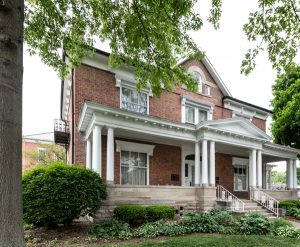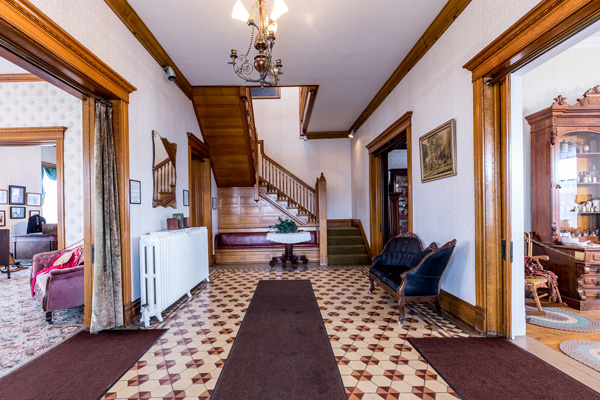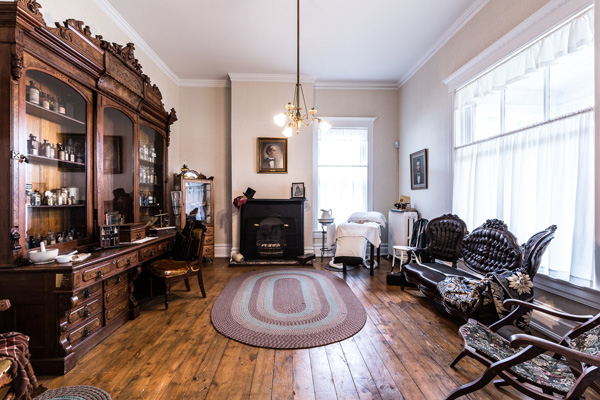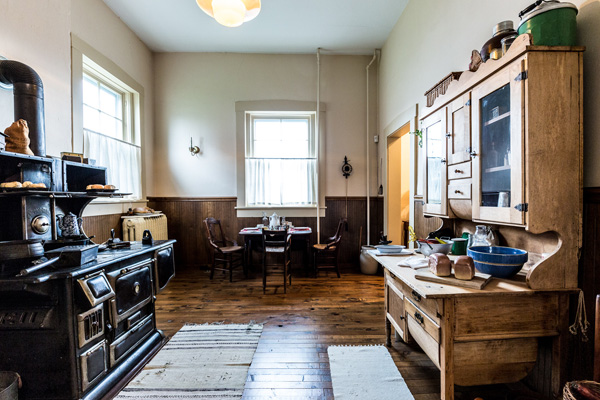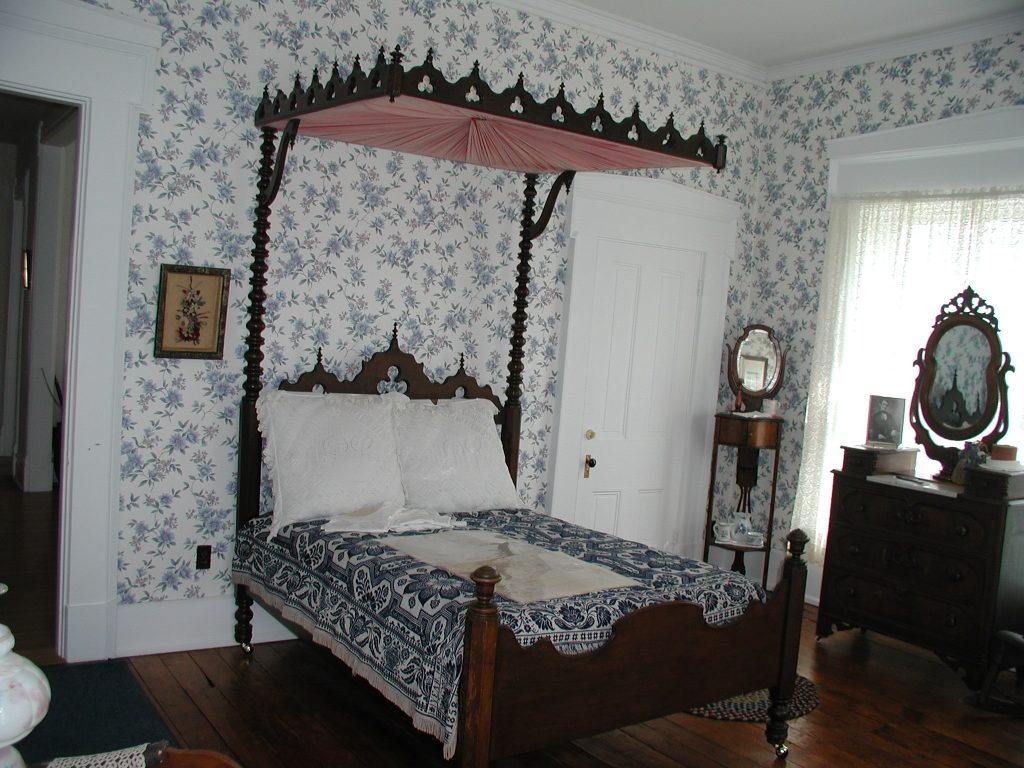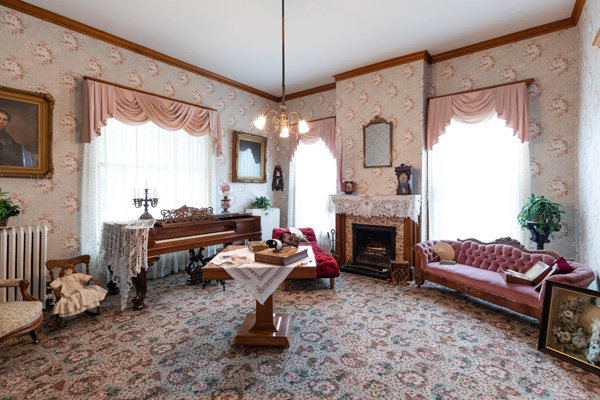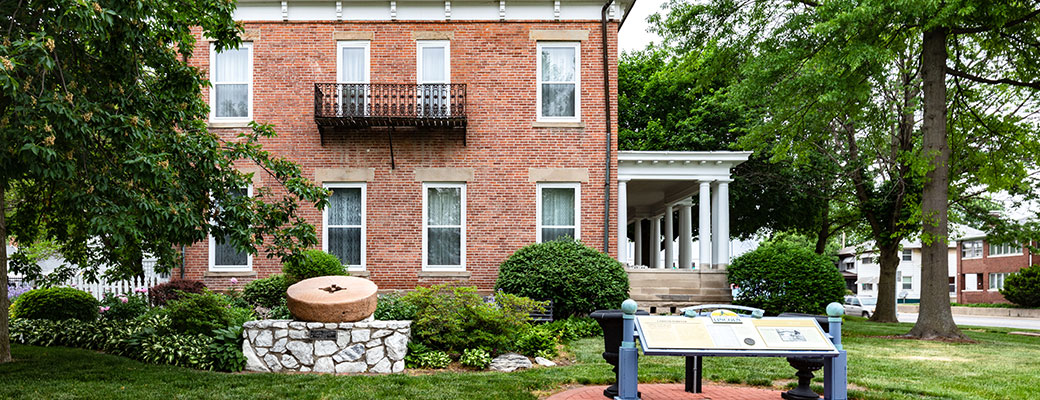The Vermilion County Museum Society was organized in May of 1964. Its mission is to preserve the historical heritage of Vermilion County, Illinois, including natural history and to establish, maintain, and operate a museum to disseminate knowledge and history of Vermilion County to the public through educational exhibits.
The Society maintains four local historical sites including the Dr. William Fithian Home, the Lamon House, Mann’s Chapel, and the Pioneer Cemetery. It is governed by a fifteen person board. The Society is an Illinois not-for-profit, and is not tax supported.
Established in 1826, Vermilion County is located in east central Illinois. It has a rich history, beginning in the early days with the development of agriculture and coal mining, followed by brick making, the arrival of the railroads, and industry. Notable persons who have ties to Vermilion County include Abraham Lincoln, “Uncle” Joe Cannon, and Dr. William Fithian. These are but a few of the dedicated people who used their wisdom and talents to help lay the foundations of our county. The Vermilion County Museum Society strives to preserve this rich heritage and to present it to its visitors.
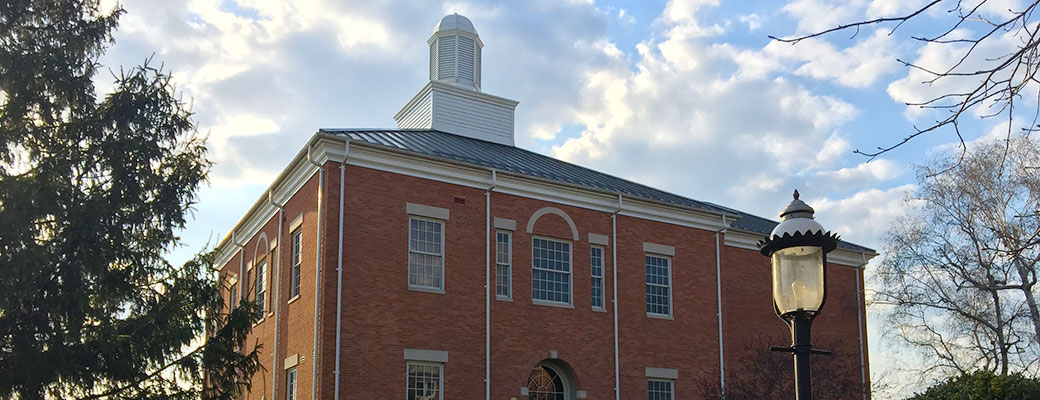
THE VERMILION COUNTY MUSEUM CENTER
The Vermilion County Museum Center is a replica of the 1831 courthouse where Lincoln practiced law in Danville, Illinois. Opened in 2002, the Center provides an overview of Vermilion County history with galleries that highlight natural history, early Native American artifacts, education, coal mining, and Lincoln, to mention a few. This facility has space for special exhibits, events, meetings, and programs, and is handicapped accessible.
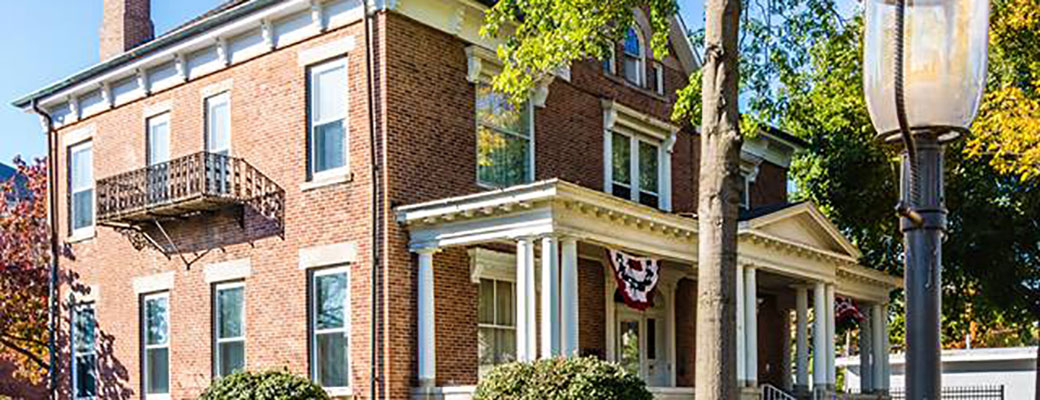
DR. WILLIAM FITHIAN HOME HISTORY
Dr. William Fithian, pioneer doctor, prairie legislator, Civil War surgeon, and friend of Abraham Lincoln, completed the home in 1855. Fithian and Lincoln became friends when they both served in the Illinois legislature in 1834 and the association continued until Lincoln’s death.
Fithian hosted Lincoln many times when he visited Danville and supported him both financially and with speeches when Lincoln ran for office. In September of 1858, Lincoln gave a speech from the south balcony of the Fithian home when he was campaigning for the U. S. Senate. The balcony, the window Lincoln stepped out, and the bedroom Lincoln used on his visits remain as they were that autumn day in 1858. The bed in the Lincoln room is the bed the tall statesman slept in when he visited Fithian.
